
|
Civil War living history events and battle re-enactments tell the accurate story of how soldiers and civilians fared during the War Between the States. |
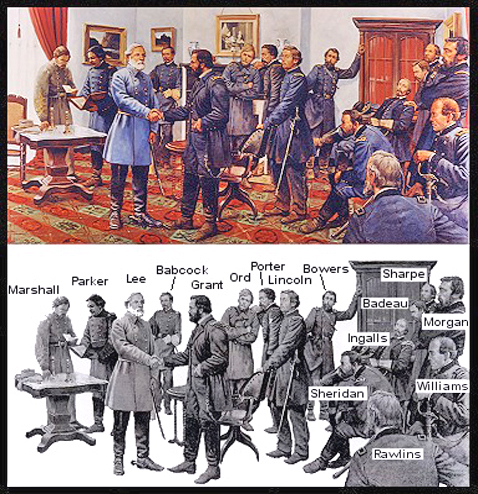
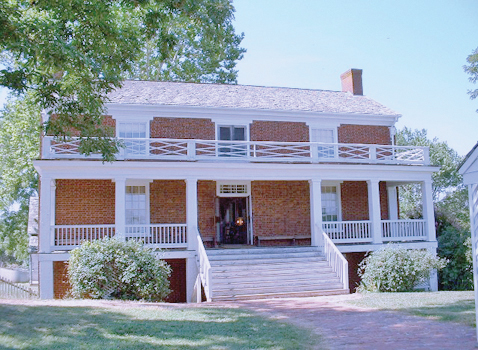
ABOVE: The McLean House, where Lee’s surrender took place, was reconstructed
in the 1940s after being dismantled in 1893 in an attempt to move it to the
World’s Columbian Exposition in Chicago. The house never was relocated there,
however.
LEFT: The military personnel present for Robert E. Lee’s surrender at Appomattox Court House, Va., are included in this painting by Keith Rocco. The individuals are
identified in the lower half of the illustration.
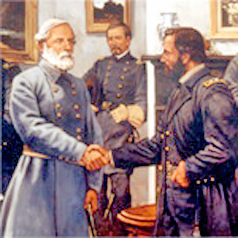
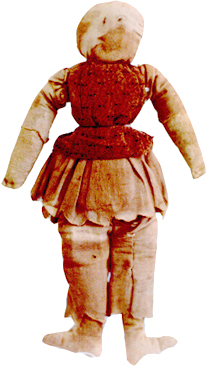
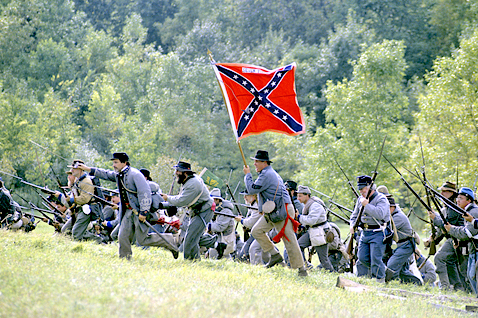
hands is taken from the Keith Rocco painting.
The surrender took place in the early afternoon
of April 9, 1865.
was the “Silent Witness” of the
Surrender at Appomattox. The doll is on
display at the Appomattox Court House
National Historic Park in Virginia.
man in the last confrontation at the Battle of Appomattox Court House. The battle
was fought the morning of April 9, 1865, before Lee surrendered to Grant that
afternoon. – Eileen Herring
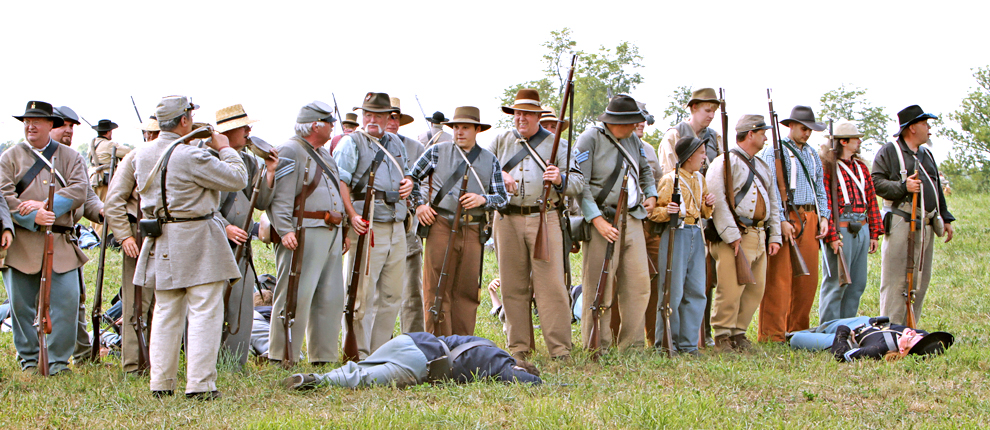
Confederate soldiers fall into formation after routing Federal troops at Richmond. The Confederacy won an overwhelming victory in the 1862 battle. – Steve Bates photo
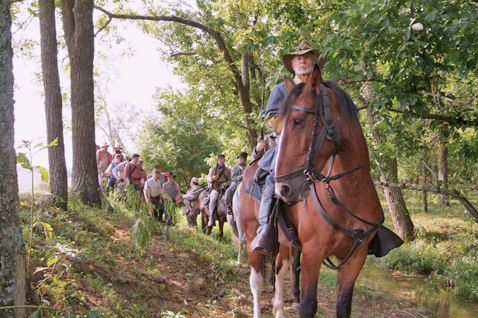
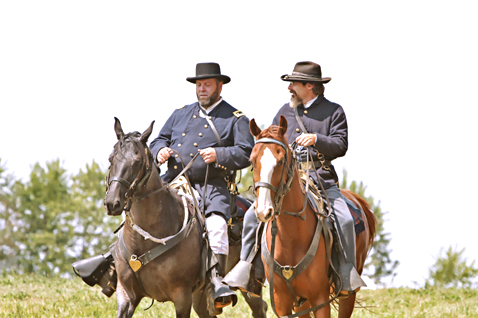
Confederate troops begin a flanking maneuver that led to victory in the Battle of
Richmond. The move through “Churchill’s Draw” completely surprised Union forces.
– Steve Bates photo
Union Gen. William (Bull) Nelson (re-enactor Robert Preston) and aide (re-enactor
Chad Greene) ride toward the cemetery to take part in the final skirmish in the
Battle of Richmond. Nelson was wounded as he tried to rally troops who, instead,
fled into Richmond. – Steve Bates photo
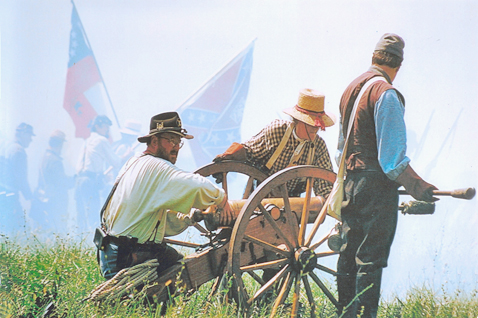
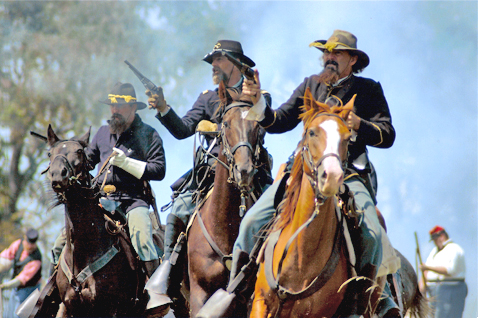
The Confederate army used its mountain howitzers effectively in winning the fight
at Richmond. Lightweight and highly portable, the gun was well suited for mountain
warfare and provided artillery support in areas with rugged roads and trails.
– Frank Becker photo
Union cavalry fought valiantly against the Southerners during the first day of the
Battle of Richmond. The tables turned swiftly in favor of the Confederacy, however,
during the second day of the Aug. 29-30, 1862 conflict. – Frank Becker photo
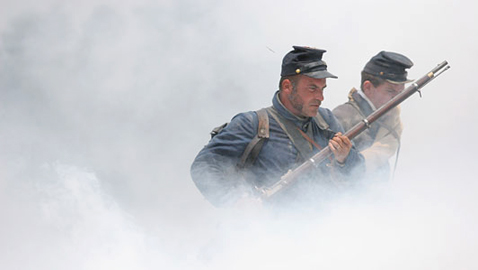
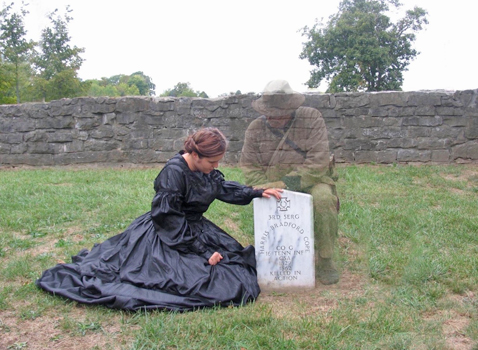
Fighting in the mountains of Eastern Kentucky was bloody and uncompromising as the
Union gained a sizable foothold in the area. Civilian natives were quick to retaliate against looting, however, sometimes hanging the culprits.
More than 620,000 lives were lost during the Civil War, creating numerous
heartaches and hardships for the families left behind. But those killed in action
were not forgotten. – William Sanders photo
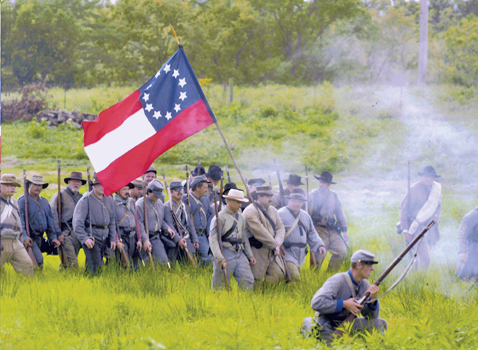
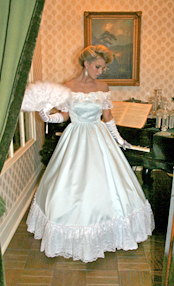
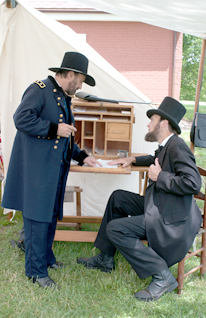
The beautiful Antonia Ford
(re-enactor model) was an effective
Confederate spy who, after the war,
married into the family of Willard
Hotel fame in Washington City.
President Abraham Lincoln
(re-enactor Larry Elliott) and Union
Gen. U.S. Grant (re-enactor Curt
Fields) discuss strategy as Grant
prepares to lead his army into
Virginia. – Doug Brewer photo
Gen. Edmund Kirby Smith encountered no opposition as he led his Confederate
forces into Lexington after his success at Richmond. The army was welcomed
by many supporters in Fayette County. – Frank Becker photo
Back to top